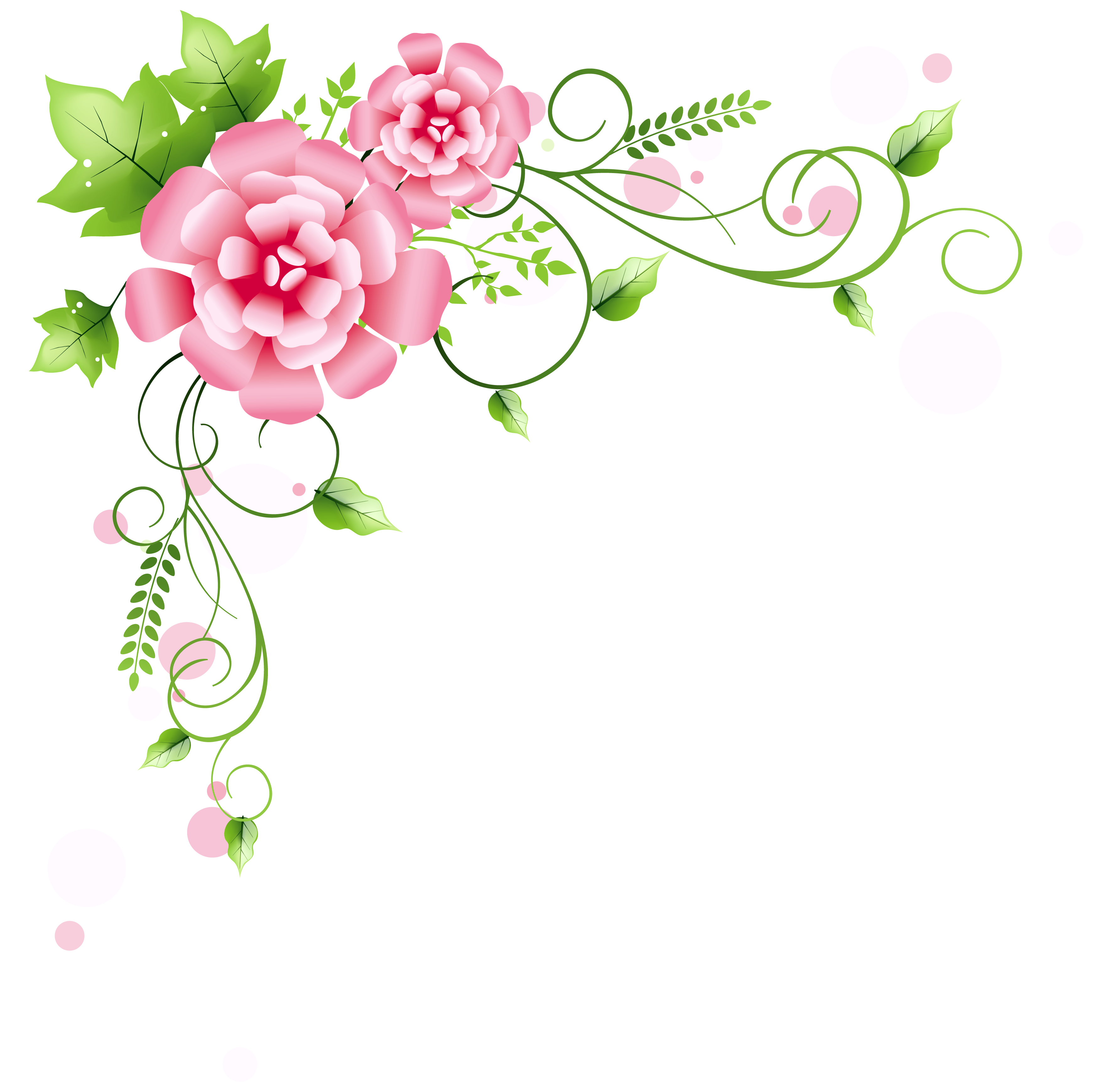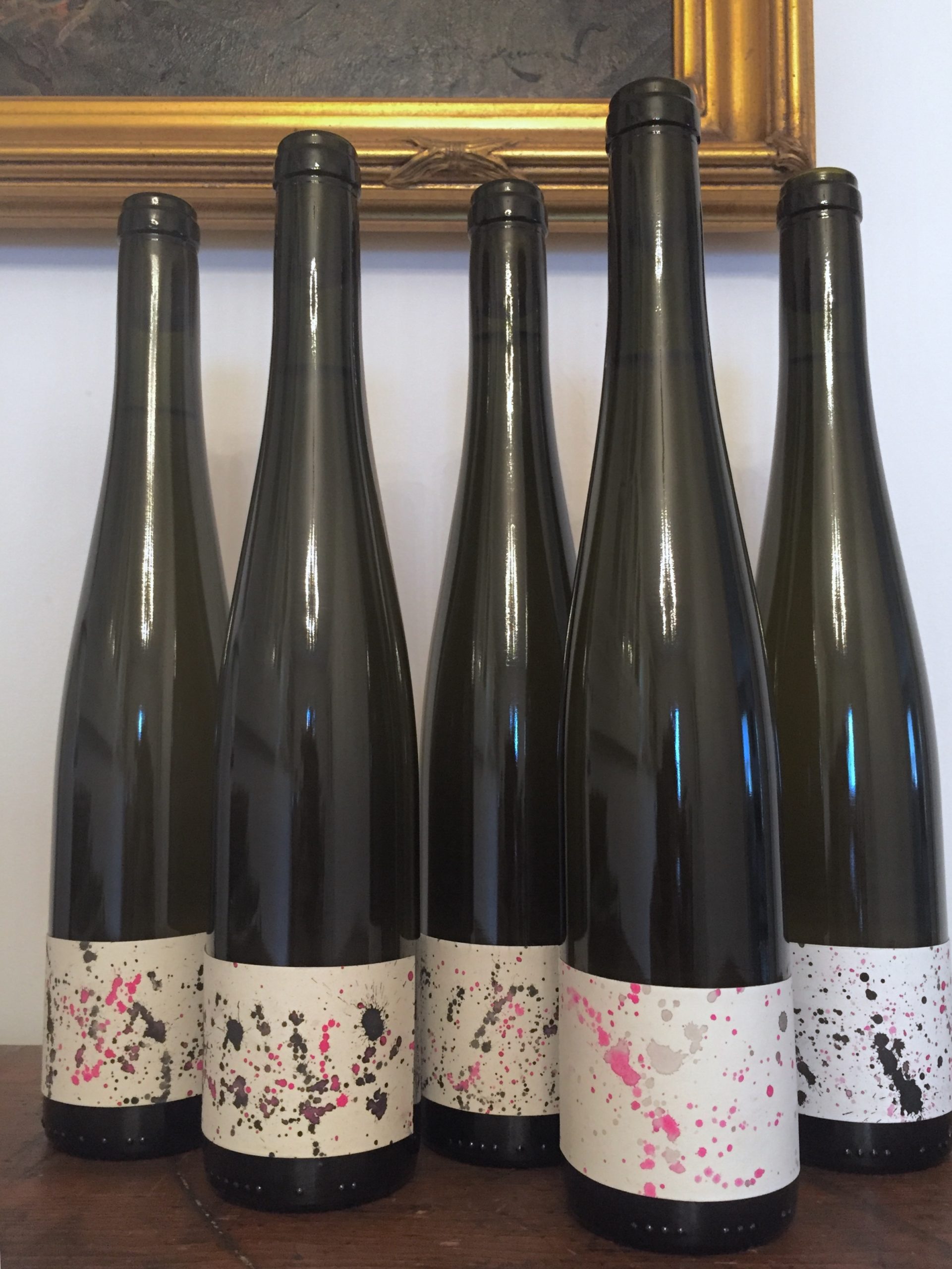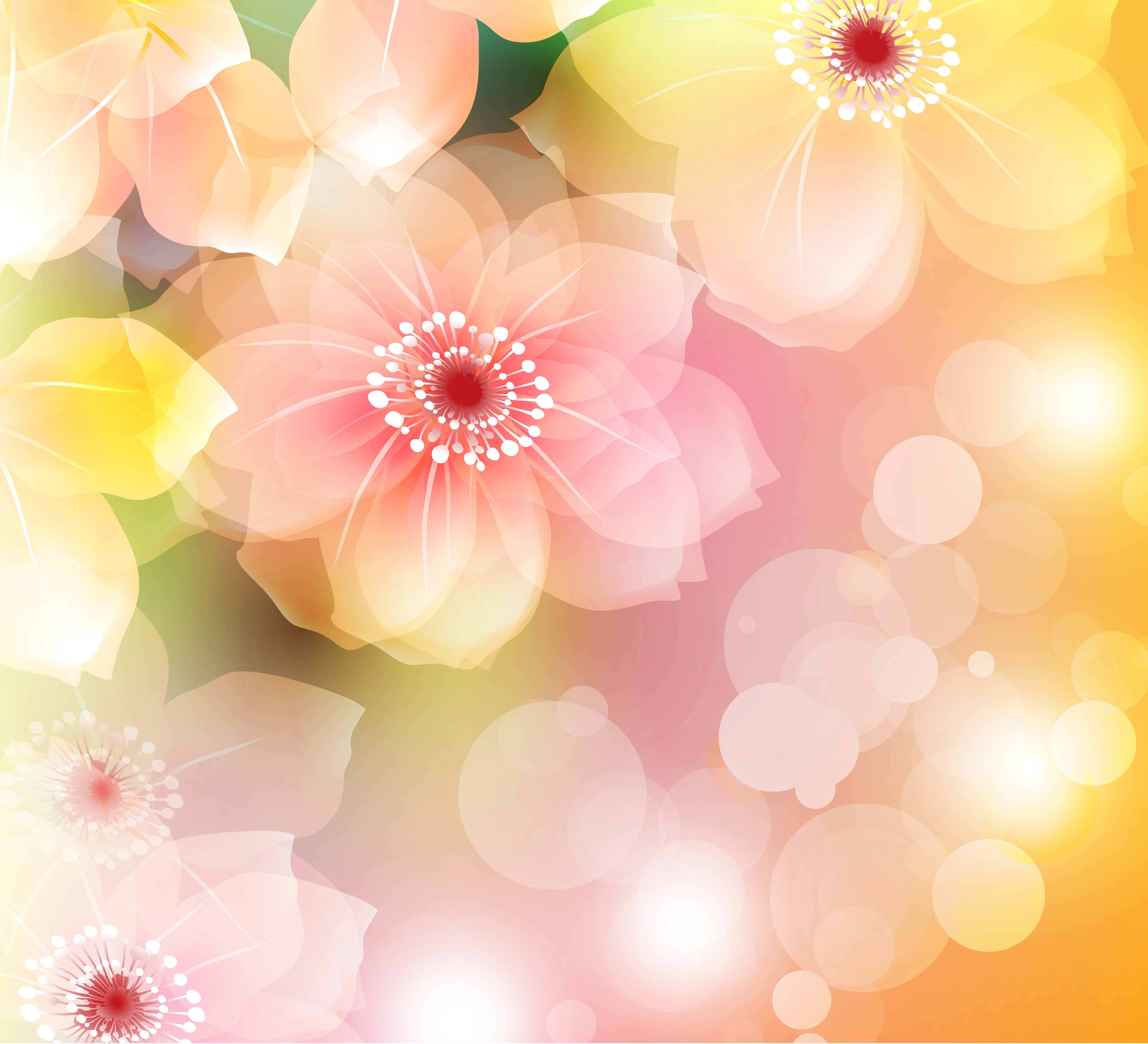Floral terranes have become a sensation in recent years, capturing the hearts of gardening enthusiasts and nature lovers alike. Imagine walking through a lush garden filled with vibrant flowers arranged in intricate patterns that mimic the beauty of natural landscapes. These terranes are more than just gardens; they're living works of art that transform any space into a breathtaking paradise. Whether you're a seasoned gardener or a complete beginner, floral terranes offer endless possibilities for creativity and expression.
Picture this: you're strolling through your backyard, and suddenly you're transported to a serene oasis where every corner is alive with color and life. That's the magic of floral terranes. They're not just about planting flowers; they're about creating an experience. From small urban balconies to sprawling country estates, these terranes can adapt to any environment, bringing nature's beauty right to your doorstep.
But what exactly are floral terranes? Simply put, they're garden designs that combine flowers, plants, and natural elements to create layered landscapes that mimic the beauty of nature. Think of them as a mix between traditional gardening and modern art. In this guide, we'll dive deep into everything you need to know about floral terranes, from their history to practical tips for creating your own masterpiece.
- Valeria Vidal Onlyfans The Ultimate Guide To Her Rise And Online Empire
- Haley Morris Cafiero The Rising Star Whos Capturing Hearts Worldwide
Understanding the Basics of Floral Terranes
What Are Floral Terranes?
Floral terranes are essentially layered gardens that use a combination of flowers, plants, and natural materials to create stunning visual effects. The term "terrane" comes from the Latin word "terra," meaning earth or land. These terranes are designed to mimic natural landscapes, often incorporating elements like rocks, soil, and water features to enhance their aesthetic appeal. The result? A garden that feels like a miniaturized version of the great outdoors.
One of the coolest things about floral terranes is their versatility. You can create them in almost any space, whether it's a small indoor container or a large outdoor garden. The key is to focus on layering and texture, using different types of plants and flowers to add depth and interest. Think about how a forest floor looks—there's a mix of tall trees, shrubs, ground cover, and wildflowers all working together to create a harmonious ecosystem. That's the kind of balance you want to achieve with your terrane.
History and Evolution of Floral Terranes
The concept of floral terranes has been around for centuries, though it's only recently gained widespread popularity. In ancient times, people used terraced gardens to cultivate crops and create beautiful landscapes. The Hanging Gardens of Babylon are often cited as one of the earliest examples of terrane design, showcasing how plants could be arranged in layers to create stunning visual effects.
- Zeynep Tekiner The Trailblazing Turkish Businesswoman Redefining Success
- Golden Healing The Pain That Gold Can Cure Dolor Que Secura Con Oro
Fast forward to today, and floral terranes have evolved into a modern art form. Gardeners and designers are pushing the boundaries of what's possible, experimenting with new materials and techniques to create terranes that are both functional and visually stunning. From vertical gardens to eco-friendly designs, the possibilities are endless. And with the growing interest in sustainable gardening, floral terranes have become a popular choice for those looking to create eco-conscious outdoor spaces.
Why Floral Terranes Are Trending
There's no denying that floral terranes have become a major trend in the gardening world. But why now? One reason is the increasing focus on mental health and well-being. Studies have shown that spending time in nature can reduce stress and improve mood, making gardens like floral terranes more appealing than ever. Plus, with more people spending time at home due to remote work and other factors, there's a growing desire to create beautiful outdoor spaces that offer a sense of peace and tranquility.
Another factor driving the trend is the rise of social media. Platforms like Instagram and Pinterest have made it easier than ever to share and discover beautiful garden designs, inspiring people to try their hand at creating their own floral terranes. From DIY projects to professional installations, there's something for everyone in this growing movement.
Key Elements of a Floral Terrane
Choosing the Right Plants
When it comes to creating a successful floral terrane, choosing the right plants is crucial. You'll want to select a mix of plants that thrive in similar conditions and complement each other visually. Some popular choices include succulents, ferns, mosses, and flowering plants like marigolds and pansies. Don't be afraid to experiment with different textures and colors to create a terrane that's truly unique.
Here are a few tips for selecting plants:
- Consider the climate and environment where your terrane will be located.
- Choose plants with varying heights and textures to add depth and interest.
- Select plants with complementary colors to create a cohesive look.
- Think about the maintenance requirements of each plant to ensure your terrane stays healthy and vibrant.
Layering Techniques
Layering is one of the most important aspects of creating a successful floral terrane. The goal is to mimic the natural layers found in forests and other ecosystems, using different types of plants and materials to create a sense of depth and complexity. Start with a base layer of soil or gravel, then add layers of plants, rocks, and other natural elements as you build upward.
Here's a simple step-by-step guide to layering your terrane:
- Begin with a drainage layer of gravel or sand to prevent water from pooling at the bottom.
- Add a layer of soil or potting mix, making sure it's deep enough to support your plants.
- Plant your tallest plants first, followed by medium-height plants and ground cover.
- Incorporate rocks, pebbles, or other decorative elements to enhance the visual appeal.
- Finish with a top layer of moss or mulch to help retain moisture and add texture.
Designing Your Own Floral Terrane
Planning and Preparation
Before you start building your floral terrane, it's important to do some planning and preparation. This will help ensure that your project is successful and that your terrane looks as beautiful as possible. Start by deciding on the size and location of your terrane, taking into account factors like sunlight, water access, and available space.
Next, sketch out a rough design of your terrane, noting where you want to place different plants and materials. This will give you a clear vision of how your terrane will look once it's complete. Don't worry if your design isn't perfect—terrane building is all about experimentation and creativity, so feel free to make adjustments as you go.
Building Your Terrane
Once you have your plan in place, it's time to start building your terrane. Begin by preparing your container or space, making sure it's clean and ready for planting. Then follow your layering plan, starting with the base layer and working your way up. As you add plants and materials, take a step back occasionally to assess the overall look and make adjustments as needed.
Remember, building a terrane is a process, and it's okay if things don't turn out exactly as you envisioned. The beauty of terrane gardening is that it's always evolving, so don't be afraid to experiment and try new things.
Benefits of Floral Terranes
Environmental Impact
Floral terranes offer numerous benefits for both people and the planet. By incorporating native plants and sustainable materials, you can create a terrane that supports local wildlife and promotes biodiversity. Plus, terranes can help reduce your carbon footprint by minimizing the need for chemical fertilizers and pesticides.
Here are some of the environmental benefits of floral terranes:
- Encourages pollinators like bees and butterflies to visit your garden.
- Reduces soil erosion by stabilizing the ground with layers of plants and materials.
- Improves air quality by increasing oxygen levels and filtering out pollutants.
Health and Well-Being
As mentioned earlier, spending time in nature has been shown to have numerous health benefits, including reducing stress, improving mood, and boosting cognitive function. Floral terranes provide an opportunity to bring the benefits of nature into your daily life, whether you're relaxing in your backyard or enjoying a peaceful moment on your balcony.
In addition to the mental health benefits, gardening itself is a great form of physical activity. Creating and maintaining a terrane can help improve strength, flexibility, and overall fitness, making it a fun and rewarding way to stay active.
Common Challenges and Solutions
Overwatering
One of the most common challenges when creating a floral terrane is overwatering. Since terranes often have limited drainage, it's easy to accidentally water them too much, leading to root rot and other issues. To avoid this, make sure your terrane has adequate drainage and only water when the top layer of soil feels dry to the touch.
Pests and Diseases
Pests and diseases can also be a problem in terranes, especially if you're using plants that are prone to infestations. To minimize the risk, choose pest-resistant plants and regularly inspect your terrane for signs of trouble. If you do encounter pests or diseases, try using natural remedies like neem oil or insecticidal soap before resorting to chemical treatments.
Expert Tips for Success
Start Small
If you're new to terrane gardening, it's a good idea to start small. Begin with a simple project, like a small indoor terrane or a single layer outdoor design. This will help you get a feel for the process and build your confidence before tackling larger, more complex projects.
Experiment and Have Fun
Finally, remember that terrane gardening is all about experimentation and creativity. Don't be afraid to try new things, make mistakes, and learn from them. The more you practice, the better you'll become at creating beautiful and functional floral terranes that bring joy to you and those around you.
Conclusion
Floral terranes are a wonderful way to bring the beauty of nature into your life, whether you're a seasoned gardener or a complete beginner. By understanding the basics, choosing the right plants, and following expert tips, you can create a terrane that's both stunning and sustainable. So why not give it a try? Your future self—and the planet—will thank you for it.
Don't forget to share your terrane creations with the world! Whether it's on social media or in person with friends and family, there's nothing quite like the satisfaction of showing off a project you've worked hard on. And if you're looking for more inspiration, be sure to check out other articles on our site for tips and ideas to take your terrane game to the next level.
Table of Contents
- Understanding the Basics of Floral Terranes
- History and Evolution of Floral Terranes
- Why Floral Terranes Are Trending
- Key Elements of a Floral Terrane
- Designing Your Own Floral Terrane
- Benefits of Floral Terranes
- Common Challenges and Solutions
- Expert Tips for Success
- Conclusion



Detail Author:
- Name : Prof. Graham Torp
- Username : laverna.eichmann
- Email : gwendolyn.white@eichmann.com
- Birthdate : 1974-08-29
- Address : 657 Wolf Square Lake Laurettafurt, MT 18487-4288
- Phone : +1.505.515.2554
- Company : Gutmann PLC
- Job : Welding Machine Tender
- Bio : Rem ad quidem et ad et. Dignissimos modi culpa consequatur accusantium sit autem et provident. Velit deleniti dolor debitis repudiandae.
Socials
facebook:
- url : https://facebook.com/upton1995
- username : upton1995
- bio : Quia accusantium exercitationem error et qui reiciendis. Qui quia et a aut qui.
- followers : 528
- following : 1470
twitter:
- url : https://twitter.com/abbey7427
- username : abbey7427
- bio : Laudantium sunt fuga dolores harum. Modi tempore provident autem quia. Sunt nulla quisquam natus ut dolores molestiae voluptatem.
- followers : 6733
- following : 1067